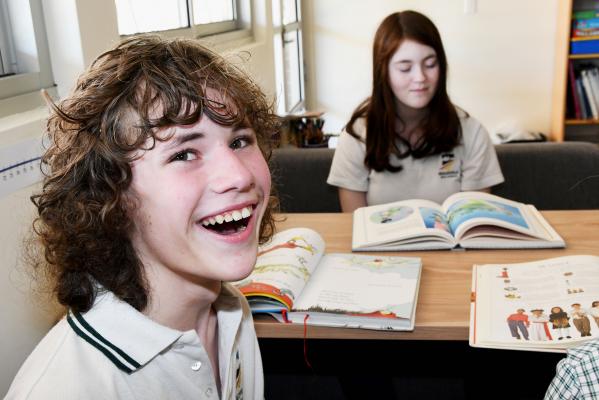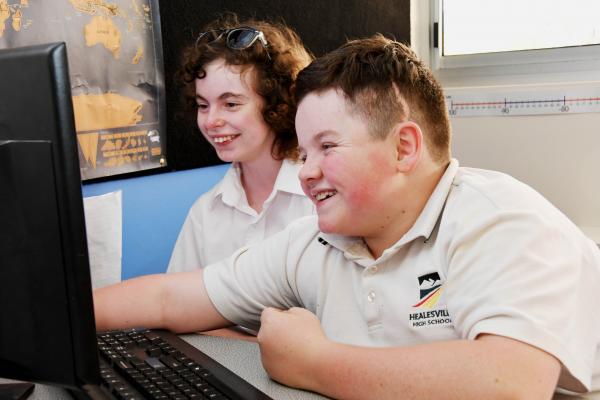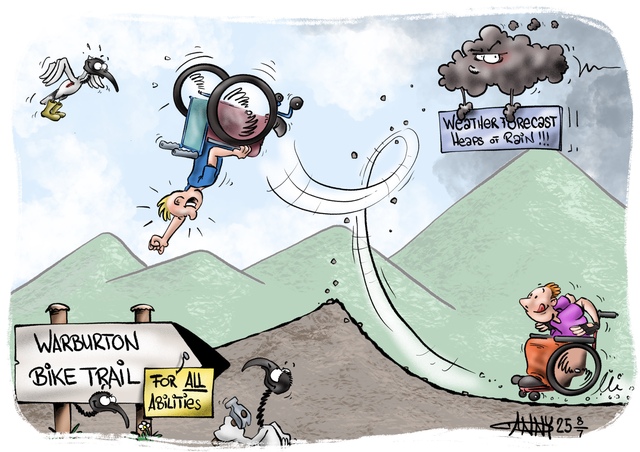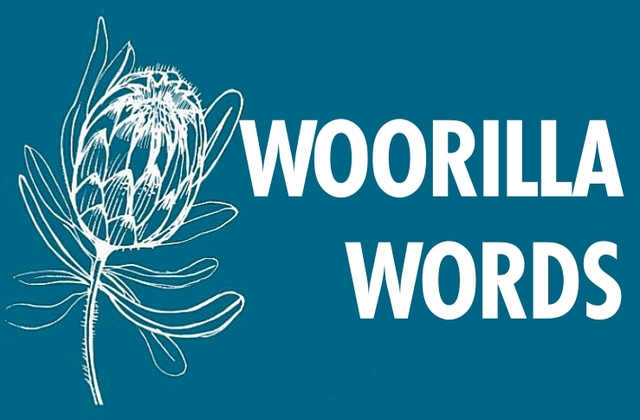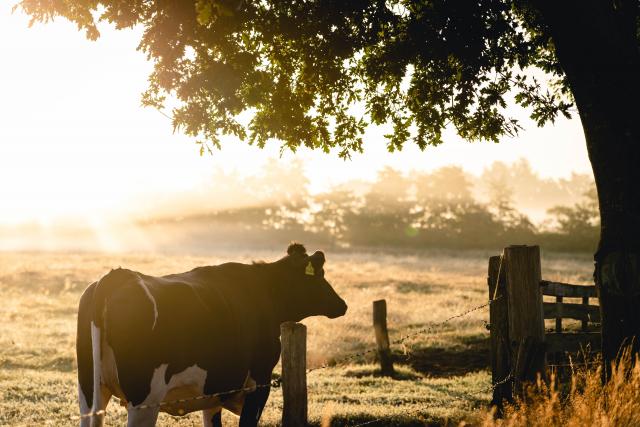Healesville High School is leading the way in bringing fully integrated learning to students with disabilities with the creation of a special education unit at its campus.
The Talbot Room, named after one of the parents who spearheaded the proposal, has been a great achievement and a success for the school since becoming fully operational last year, according to principal Allan Rennick.
“The benefit to mainstream students and to a mainstream high school more broadly could hardly be overstated. It is heartwarming to see the level of inclusion across the school.
“I absolutely love to see the Talbot Room kids fully integrated into mainstream school, whether that’s at whole school events like the swimming sports, or at recess and lunch time when they are treated no differently to any other student and are welcomed into lunch time games, or in elective classes like home economics or PE and even core subjects such as science.
“For mainstream kids to experience differences, whether that’s disability, race or any other differences when they don’t normally get significant exposure to that in their lives is so important.
“In fact, with the kids from the Talbot Room, I don’t think mainstream kids now see great difference, the Talbot Room school kids are just that, Healesville High School kids,” he said.
Mr Rennick said the students, presently capped at eight, are all progressing academically, socially and emotionally thanks to the specialist teachers and assistants, who he described as “heroes”.
“They are thriving. It’s a welcoming and safe space,” he said.
Local parents of children with disabilities suggested a special education unit to Mr Rennick in 2016 after it became worryingly apparent there was nowhere to send their children after they finished primary school in Healesville.
Yarra Ranges Special Developmental School (YRSDS) has a well-established satellite classroom located at Healesville Primary School that has been operational since 2010, but no real plan was in place for what would happen once students graduated.
“My concern was that local children attending the unit at Healesville Primary School would get to the end of year six and then have to travel each day to Mount Evelyn to continue their attendance at the YRSDS. I couldn’t imagine that getting on a bus each morning and each afternoon could be a positive experience and if we could overcome that issue by setting up a secondary unit on-site then surely the students would benefit,” Mr Rennick said.
In 2019, the Talbot Room was born, beginning with four students. Within weeks, students from mainstream classes who needed extra support were welcomed in. Others regularly drop in during breaks to share lunch, or join the now-popular Thursday Gaming Club.
Heading the unit is specialist teacher Jo Yates, who has dedicated more than 30 years of her career to students with disabilities. She describes her cohort as a “joy to teach”.
“They are brave and determined students, all with the capacity to deal with change,” she said.
Speaking inside the Talbot Room, surrounded by couches, work spaces, computers, white boards, and even a kettle for the all-important cups of tea during ‘couch chat’, Ms Yates brings a sense of calm and opportunity.
“The unit means we are part of the community and we can give the students real life experiences with all their peers, and it gives the students a sense of independence in line with mainstream expectations,” she said.
“We are part of the Healesville High School community now, treated with the same expectations, values and respect with a curriculum aligned with HHS and not in a secluded setting.”
For her and her students, it gives “inclusive opportunities for further study and employment” as she prepares the older students for supported courses at TAFE.
Year 9 student Daniel Cuthbertson, who has a mild intellectual disability, described his classroom as “really good”. He has been able to make friends and observe many positive role models around him in the mainstream part of the school. For Daniel, confidence to go to the cafeteria, the library, participate in the school swimming carnivals, walk to the local supermarket and catch public transport to school come from having a safe and secure school setting.
Parent Louise Jane, whose daughter Leah, 16, also attends the unit, said her daughter’s love of music and art is well supported at the school.
“She has been able to extend her skills in these areas due to the encouragement of experienced teachers. Her family and support circle are very positive about her future there,” Ms Jane said.
“The welcome and acceptance of other students have helped to buffer her from the intimidating busy, noisy environment of a high school.”
Ms Jane, who worked for six years at a special developmental school and helped staff their NDIS registered community access program, said she clearly sees the differences between segregated and integrated education for students with disabilities.
“Watching and contributing to a mainstream school community, endeavouring and succeeding in changing attitudes and being the educational hub for all the local youth, has been uplifting.”
Ms Jane said it was important for parents who are looking at secondary school options for their child, not be afraid to explore the alternatives to specialist school settings.
“Don’t forget there is a support system out there if you need help in making these really important decisions about your child’s secondary education,” she said.
“I’m not sure that the Leadership, School Council and staff of this school know what a positive ripple effect this change has had on other communities they are unaware of, but I can only say to the greater Healesville community, Healesville High has done you proud,” Ms Jane said.

